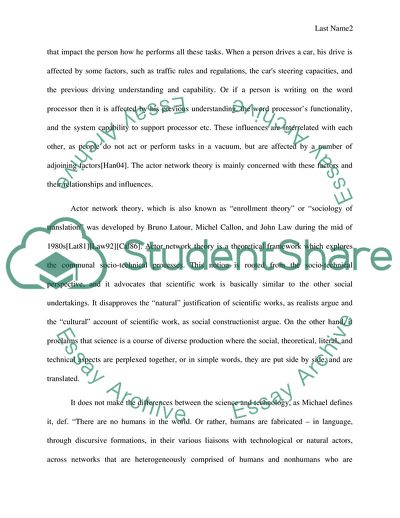Cite this document
(Actor-Network Theory Essay Example | Topics and Well Written Essays - 1500 words, n.d.)
Actor-Network Theory Essay Example | Topics and Well Written Essays - 1500 words. https://studentshare.org/information-technology/1835493-actor-network-theory
Actor-Network Theory Essay Example | Topics and Well Written Essays - 1500 words. https://studentshare.org/information-technology/1835493-actor-network-theory
(Actor-Network Theory Essay Example | Topics and Well Written Essays - 1500 Words)
Actor-Network Theory Essay Example | Topics and Well Written Essays - 1500 Words. https://studentshare.org/information-technology/1835493-actor-network-theory.
Actor-Network Theory Essay Example | Topics and Well Written Essays - 1500 Words. https://studentshare.org/information-technology/1835493-actor-network-theory.
“Actor-Network Theory Essay Example | Topics and Well Written Essays - 1500 Words”. https://studentshare.org/information-technology/1835493-actor-network-theory.


